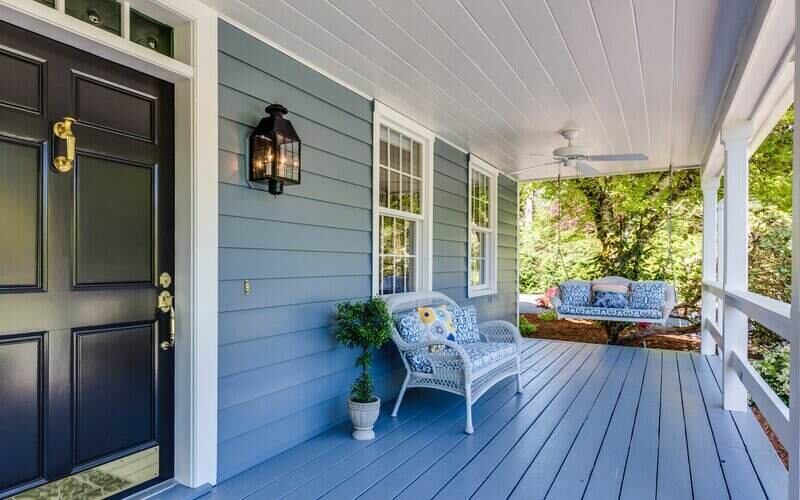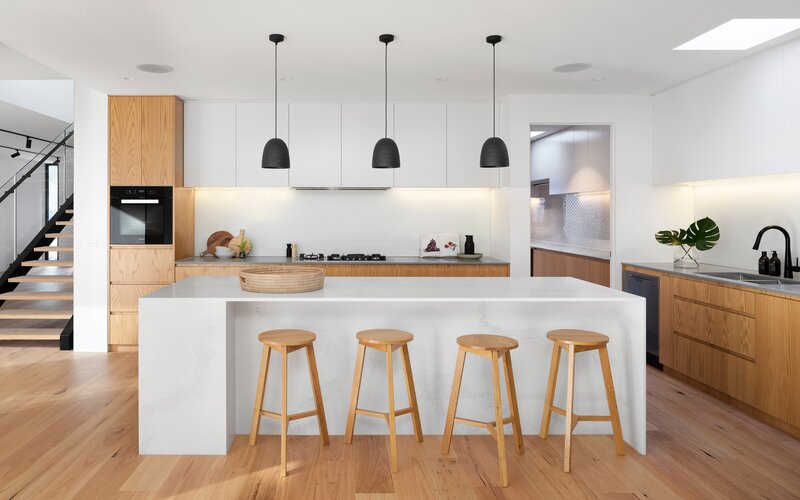Insights from PEXA show there was a record-high 363,978 refinances in 2021, up 27.9% on 2020, and the most recorded in a single year through the platform.
PEXA said increased speculation of an RBA cash rate increase drove borrowers to sniff out a better deal, particularly in the second half of the year.
Refinancing numbers for January are also up 50% compared to the same month last year.
However James Austin, Chief Financial Officer of non-bank lender Firstmac, said it was the Reserve Bank's intervention in the market driving the refinancing boom.
"This represents TFF [Term Funding Facility] fuelled behavior by the banks, offering very cheap fixed, and more recently cheap variable, rates with upfront cash offers of around $4,000. The upfront cash has been the main prize attracting borrowers," Mr Austin told Savings.com.au.
"It is a bit silly as the loan rates ultimately end up costing the customer more in the long term once the cheap rates roll off."
PEXA says the winners of the refinancing boom are the non-major banks, taking market share from the big four banks moving to their weakest position for refinances in the past two years.
ABS data also shows external refinancing remains at elevated levels, reaching $14.28 billion in January, down from the peak of $17.78 billion in August 2021.
Processing times the new battleground
Mr Austin said smaller lenders and non-banks have been able to compete instead on mortgage application processing times.
"Banks with huge volumes slowed their application processing time to six weeks as their heavily manual systems were unable to cope," he said.
"For an organised borrower who has all of their documentation together, Firstmac is able to provide an application answer within days."
Andrew Walker, CEO of Nano Home Loans, recently told Savings.com.au Nano can process an application in as little as 10 minutes.
"The real battleground here, moving forward, is going to be the people that can't compete with a new service standard or being able to get a loan approved in 24 hours or less - that's really the new battleground," Mr Walker said.
"There's no reason, if you have built a process with better technology and thought about it differently, why you can't do that."
Investors back in the fray
ABS data shows there was a 2.6% jump in lending in January, particularly to investors in which lending increased 6.7% over the month to $10.97 billion in seasonally-adjusted terms.
This represents another record month for investment lending, which has risen more than two thirds compared to a year ago.
According to ABS' head of finance and wealth Katherine Keenan, investment lending has risen for 15 consecutive months.
"Despite record investor loan commitments, the share of investor lending to all new housing loan commitments was around one third," Ms Keenan said.
"This reflects the rapid growth of owner occupier commitments over the past 18 months."
CEO of Futurerent Godfrey Dinh said investors are feeling confident.
"Investors want ‘in’ before prices eventually slow and interest rates creep up. They’re not worried about Omicron," Mr Dinh said.
"The majority of property investors we speak to are chasing yields and buying positively geared property, and investing in growing areas benefiting from the decentralisation arising from more flexible working arrangements."
See Also: Suburbs with strongest capital growth over the past decade
Modest growth in owner occupier lending
Owner occupier lending rose a more modest 1% to $33.66 billion over the month.
First home buyer loan commitments continue to slide, however, hitting $5.39 billion in January, down 5% on the month and down nearly a quarter compared to a year ago.
ABS data notes the average loan size for owner-occupier dwellings, which includes construction and the purchase of new dwellings and existing dwellings, reached $619,000 at the national level.
This represents a rise of $17,000 or 2.8% from December 2021.
Despite the plateauing of owner occupier loan commitments, Ms Keenan explained why the average loan size is going up.
"The strong rise in the average loan size for owner-occupier dwellings in January was due to an increase in the value of commitments, and a largely unchanged number of new loan commitments," she said.
"All states and territories rose to new highs except Tasmania and the Northern Territory."
In the interest of full disclosure, Savings.com.au is an associate of Firstmac.
Photo by pattyjansen on Pixabay

Ready, Set, Buy!
Learn everything you need to know about buying property – from choosing the right property and home loan, to the purchasing process, tips to save money and more!
With bonus Q&A sheet and Crossword!



 Rachel Horan
Rachel Horan
 Hanan Dervisevic
Hanan Dervisevic













